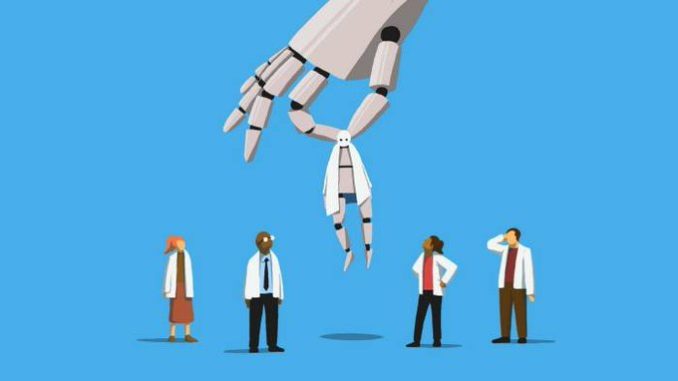
Large language models like ChatGPT are purveyors of plausibility. The chatbots, many based on so-called generative AI, are trained to respond to user questions by scraping the internet for relevant information and assembling coherent answers, churning out convincing student essays, authoritative legal documents and believable news stories. But, because publicly available data contains misinformation and disinformation, some machine-generated texts might not be accurate or true. That has triggered a scramble to develop tools to identify whether text has been drafted by human or machine. Science is also struggling to adjust to this new era, with live discussions over whether chatbots should be allowed to write scientific papers or even generate new hypotheses. The importance of distinguishing artificial from human intelligence is growing by the day. This month, UBS analysts revealed ChatGPT was the fastest-growing web app in history, garnering 100mn monthly active users in January. Some sectors have decided there is no point bolting the stable door: on Monday, the International Baccalaureate said pupils would be allowed to use ChatGPT to write essays, provided they referenced it.
Please use the sharing tools found via the share button at the top or side of articles. Copying articles to share with others is a breach of FT.com T&Cs and Copyright Policy. Email licensing@ft.com to buy additional rights. Subscribers may share up to 10 or 20 articles per month using the gift article service. More information can be found here.
https://www.ft.com/content/e34c24f6-1159-4b88-8d92-a4bda685a73c
